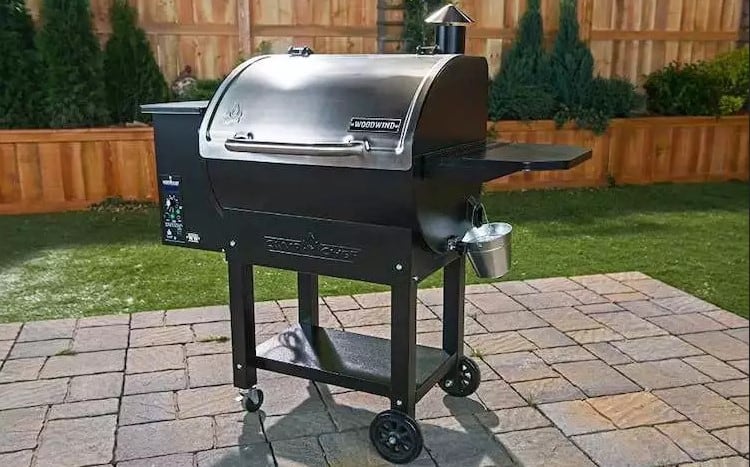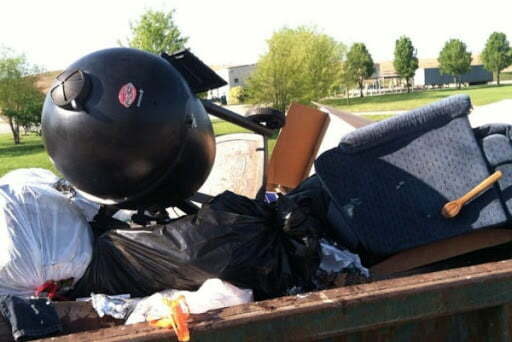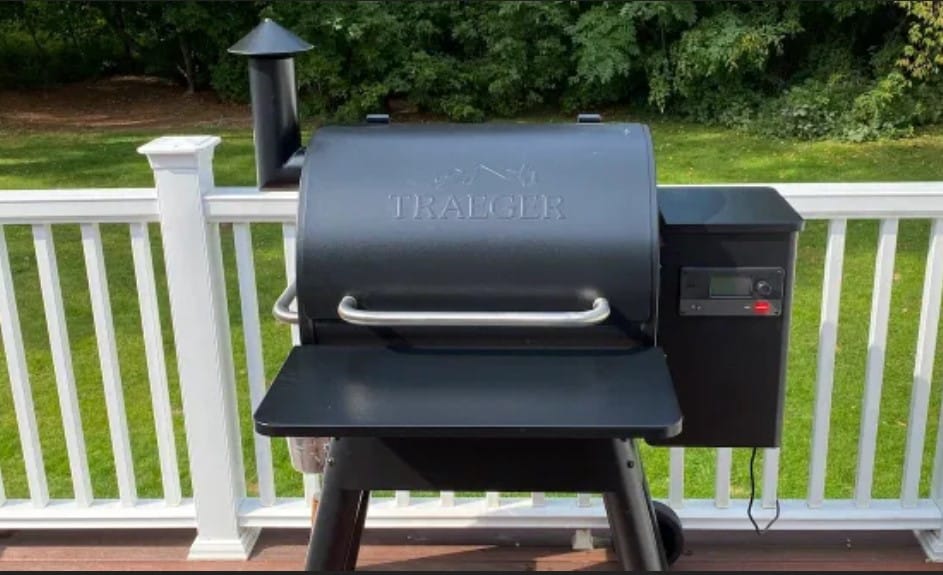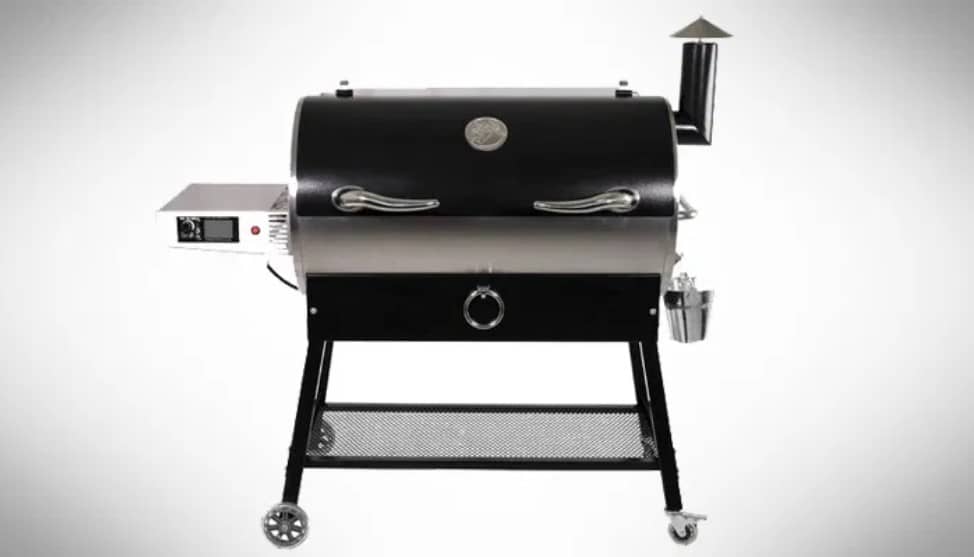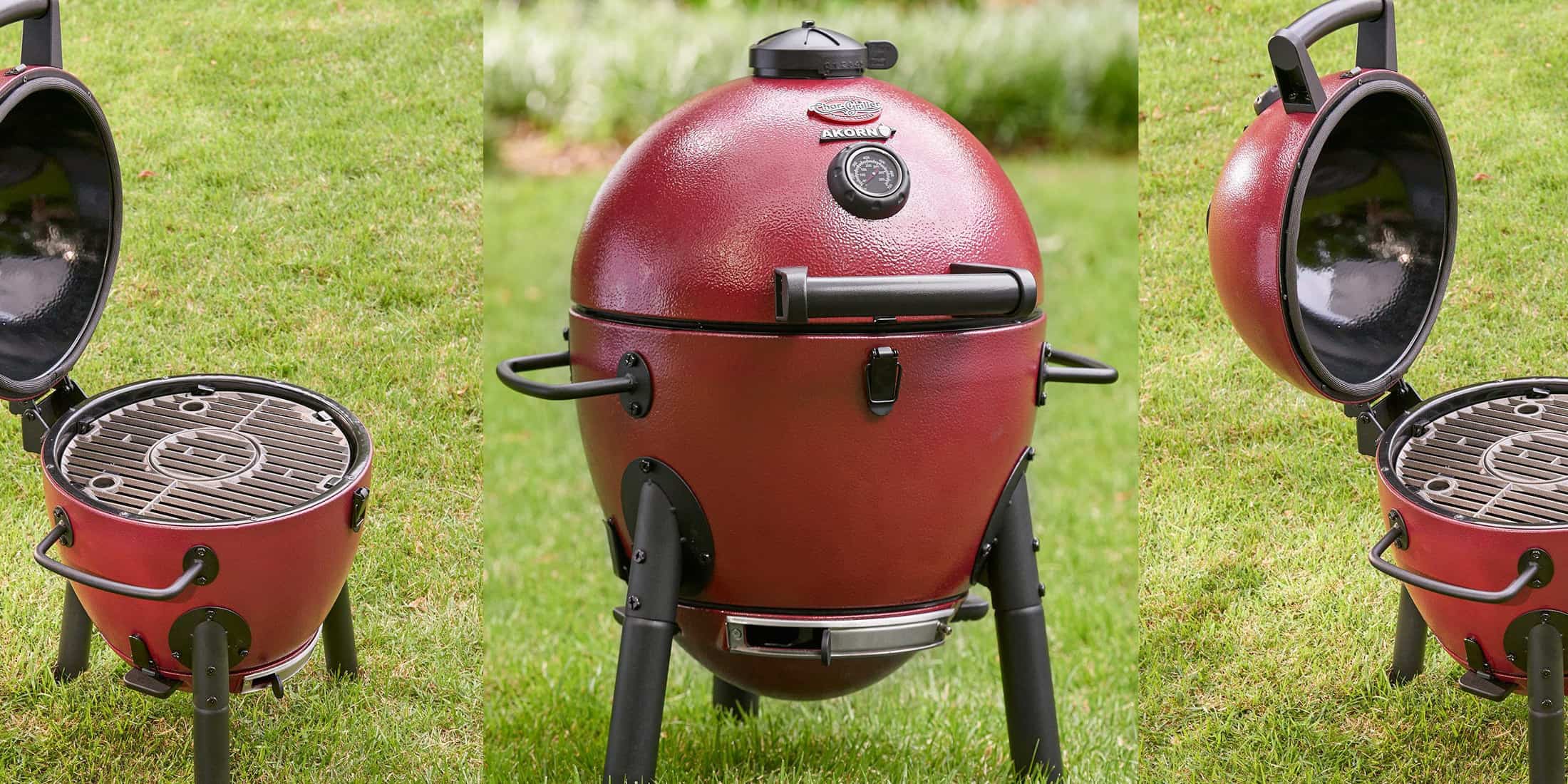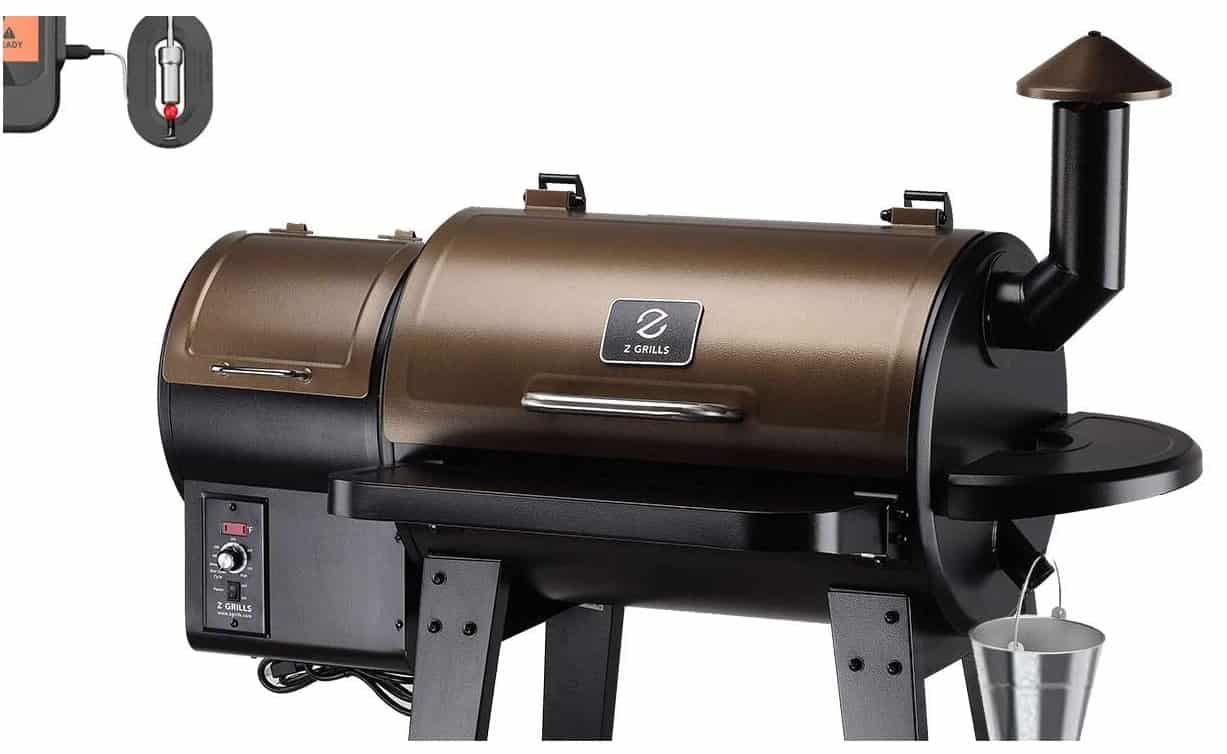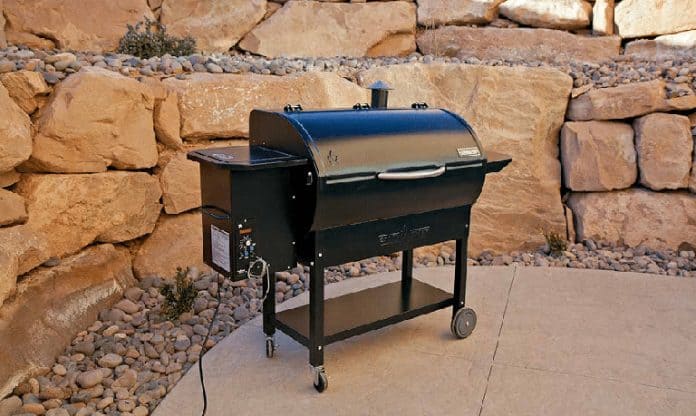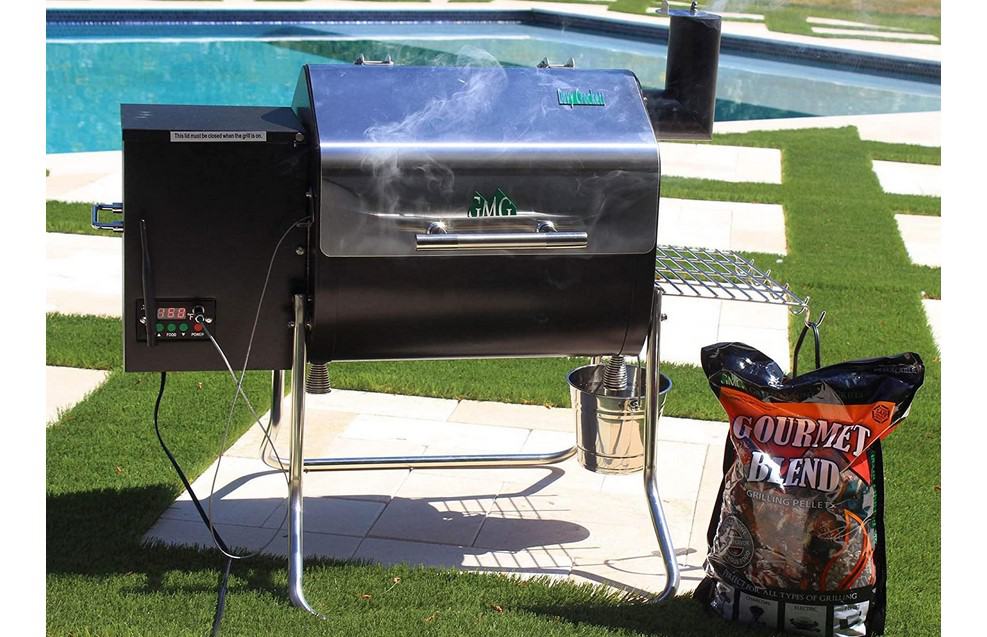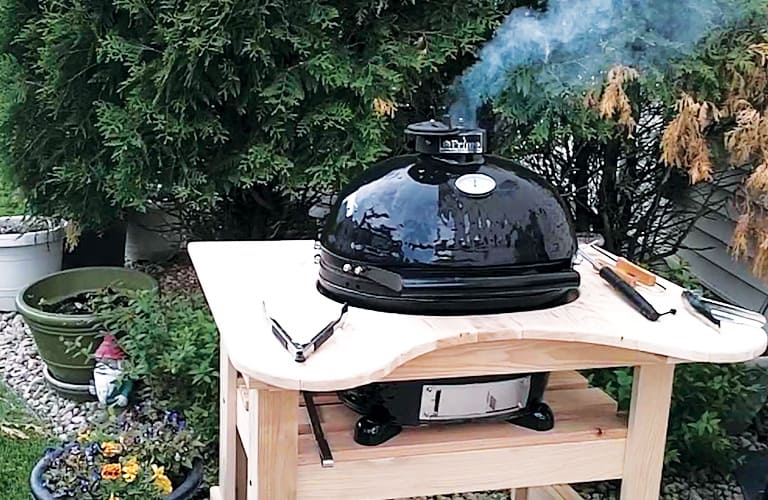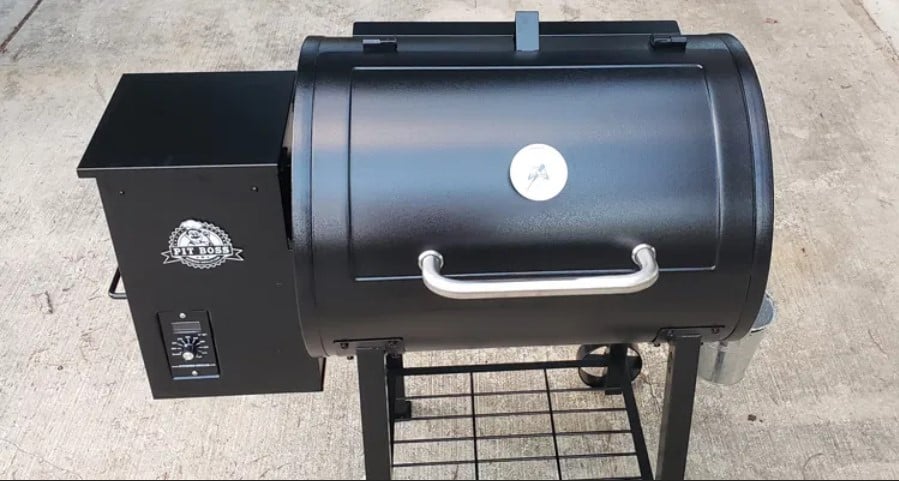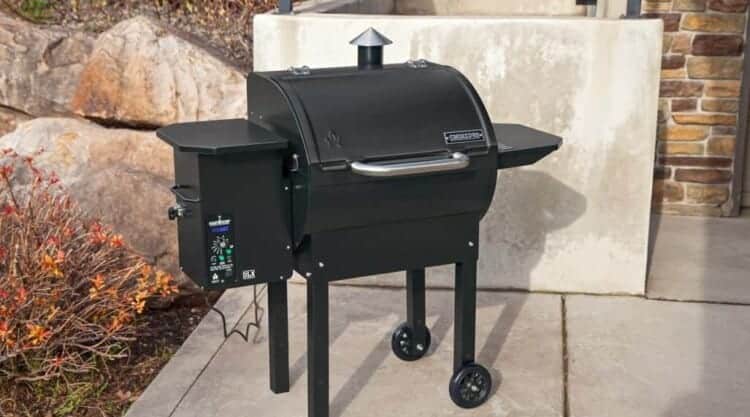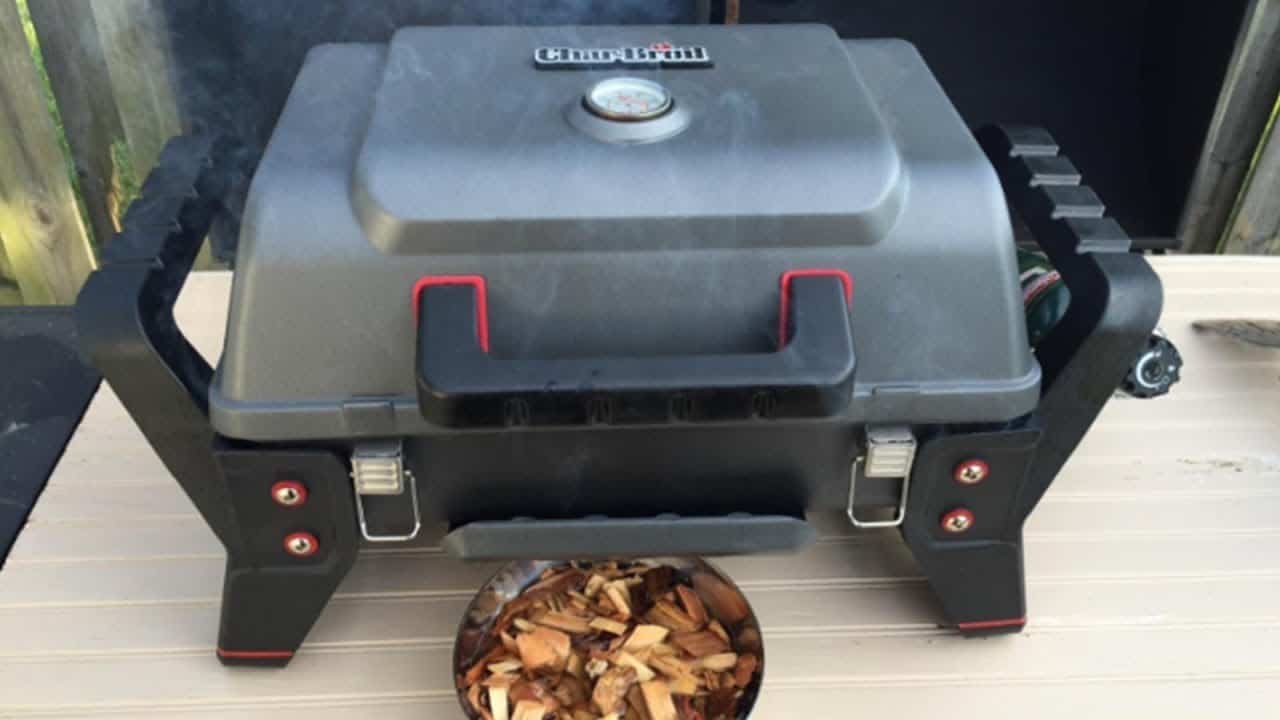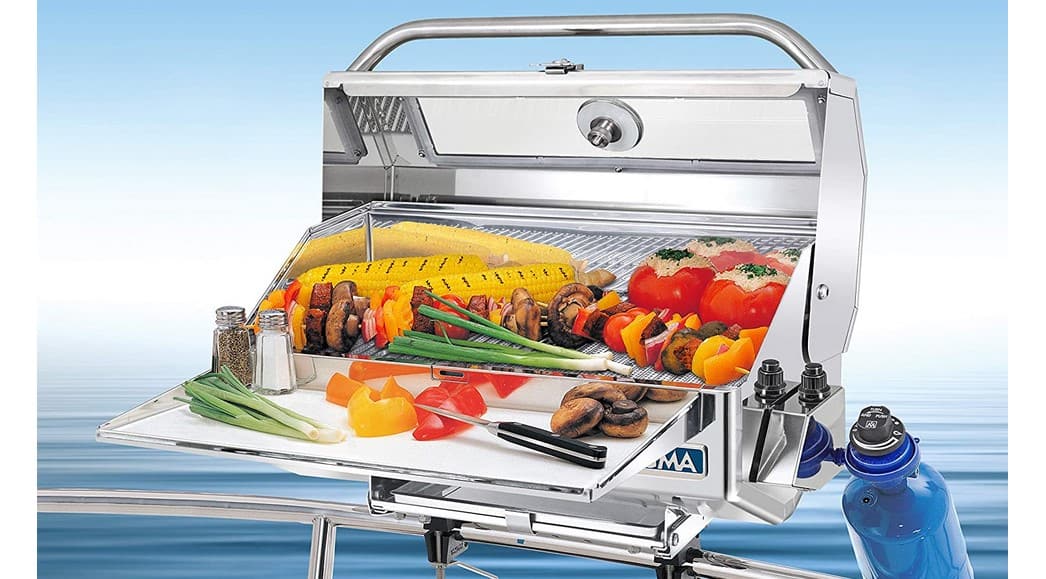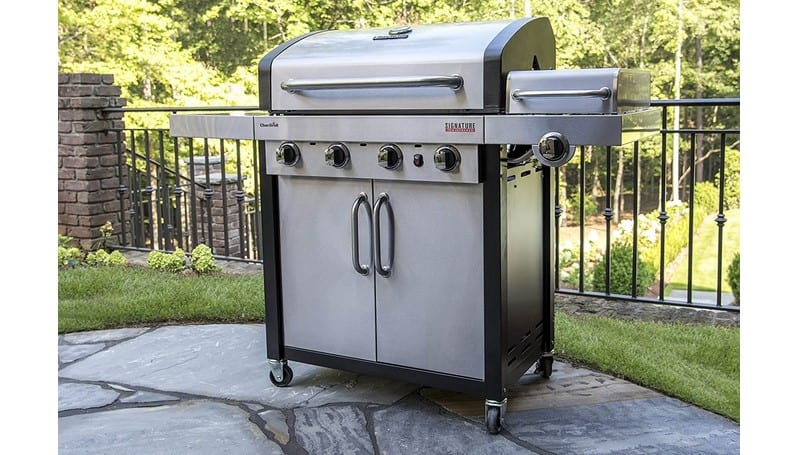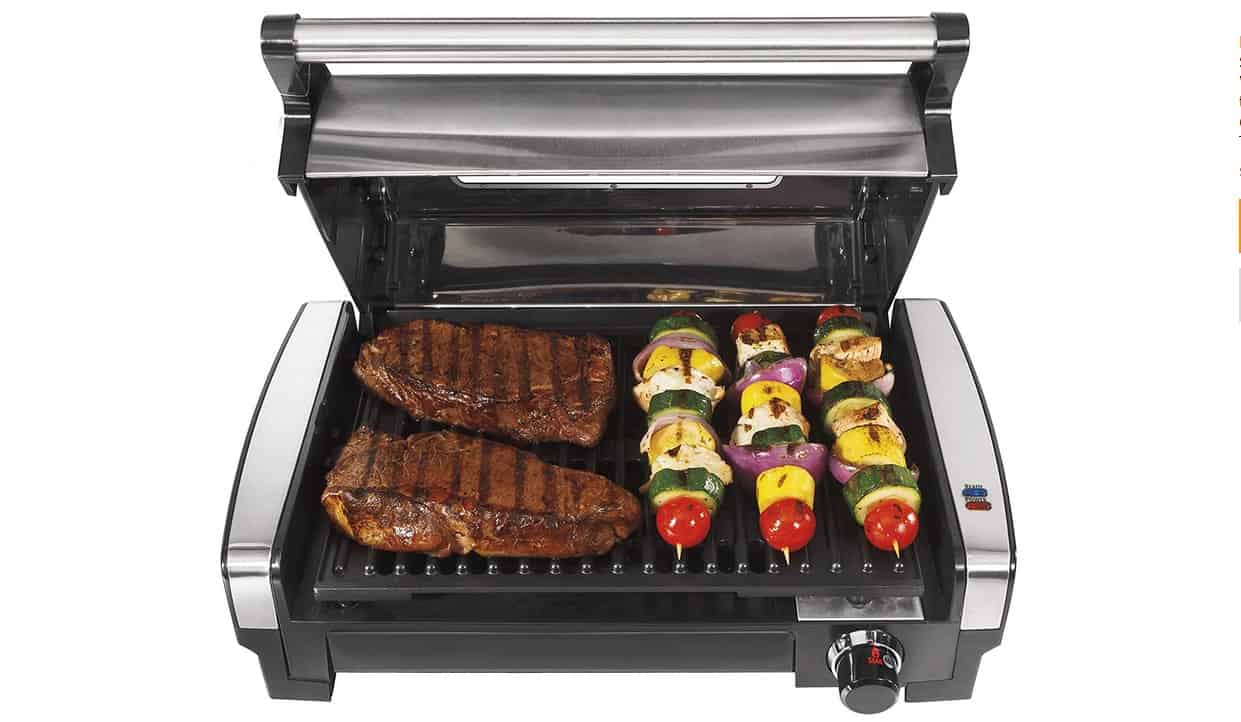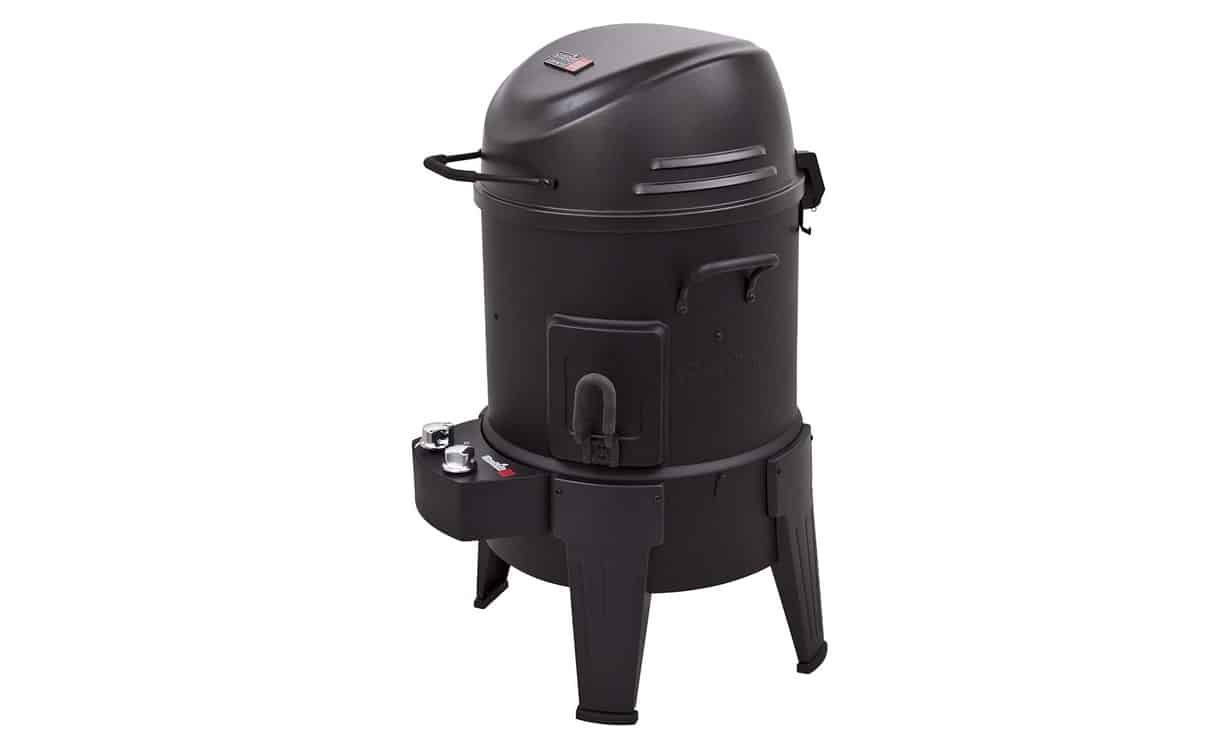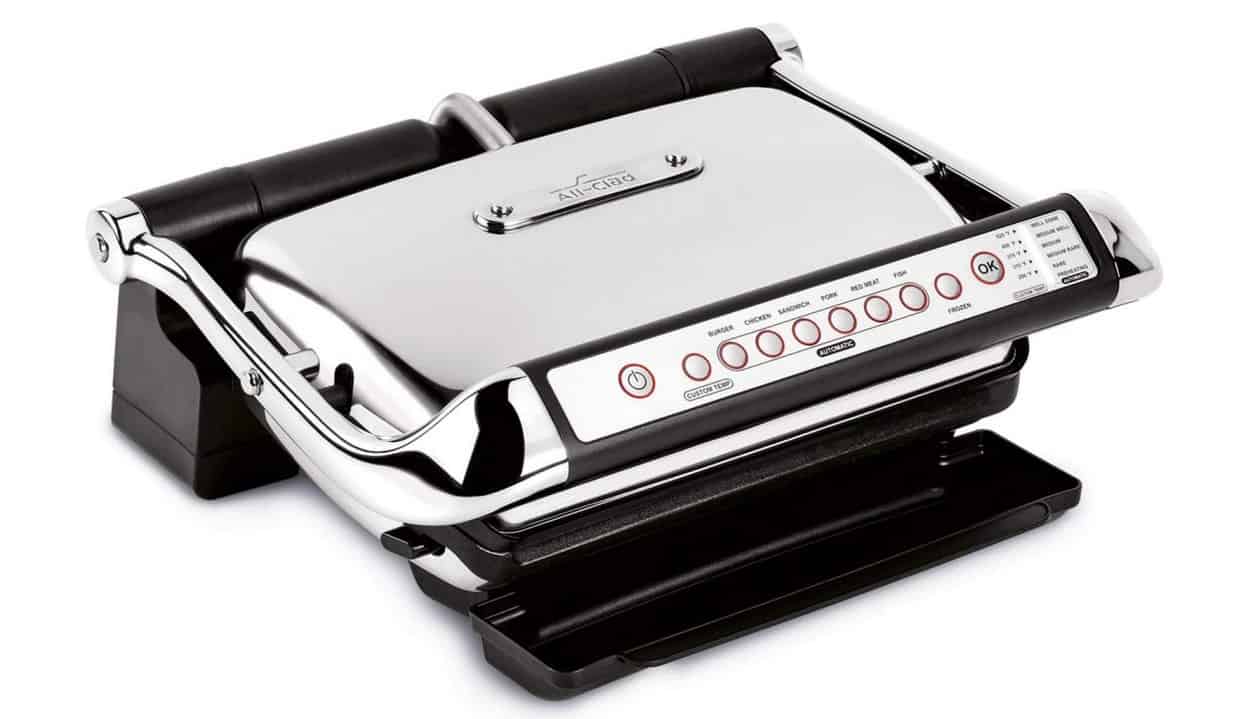If you’re looking to get a cover for your grill, you need to first know how grills are measured. While it’s not complicated, we have a few pointers going in that will save you from headaches later. Even the best grill should have a well-fitted, quality cover to protect it from the elements.
KEY TAKEAWAYS:
- Most grill cover sizes are based on the width of the barbecue, so this should be where you start your measurements for a cover.
- After measuring, allow for some degree of extra space in the cover to ensure the fit isn’t so tight that the cover is difficult to take on and off.
- An insulated grill jacket is a good idea, especially if your grill has any electronic components.
If you’re new to the world of grilling, you’ll also probably want to take a look at how to use a gas grill. If you’ve instead decided to look into an indoor/outdoor option, read up on how electric grills work.
Insider Tip
An insulated grill cover is a good investment if your grill has any electronic or digital components.
How to Measure BBQ Grills For A Cover
Whether you’ve got a gas grill, charcoal grill, or infrared grill, you’re going to need a cover to protect it from the elements. Rain, humidity, dust, and other elements can rust components and ruin electronics. Many grills don’t include a cover with purchase, and even if yours did, you may want to invest in an insulated one for extra protection. In any case, properly measuring your grill is essential to getting the right cover.
STEP 1
Using your tape measure, measure your grill width-wise (from one long end to the other), adding around 1 inch to the number on both sides to allow for extra fabric on the sides and bottom so that it fits easily over the grill. If your grill doesn’t have metal grommets, you’ll need to add a little bit extra to those numbers to ensure a fit.
STEP 1
Measure the depth by measuring from the front of the grill to the back. If your grill is either round or square-shaped (instead of rectangular), you should measure from the corner front to the back corner in both directions. Again, add 1 inch or so to this number to accommodate for a loose fit and for possible shrinkage of the cover. For example, if your grill depth is 40 inches, your measurement should be 41 inches.
STEP 1
Measure the height of your grill (how tall it stands from ground level) by standing at eye level to the top of the grill. If you need to stand away slightly from the grill, do so, otherwise, your measurement could be inaccurate. Measure from the bottom of the legs or base to the highest point of the grill when closed. If your grill has a chimney or smokestack, measure the top of the protrusion as the top of the grill.
STEP 1
Repeat 1-3 to be sure your measurements are accurate.
Warning
Always make sure to measure the height from the base of the legs to the top of the chimney or smokestack if one is present, otherwise the cover may not fit.
F.A.Q.S
How accurate do my measurements need to be?
While it’s preferable to be fairly accurate when measuring your grill for a cover, if you make a mistake, it won’t be an issue as long as the measurements are too big. However, you should definitely measure twice to be on the safe side, and adjust for the absence of metal grommets or the presence of a smokestack or chimney.
What are grill covers made of?
Grill covers are generally made out of one of three different materials. Polyester is the most common, vinyl is a good option for extra protection against rain and snow, and canvas is more expensive but is the most durable and resistant to rips and weather damage.
Are there covers for built-in grills?
Most covers are made for stand-alone grills and will be overlarge for built-in grills (which isn’t the worst problem to have), but covers specifically made for built-in or modular models are available.
STAT: In 2021, the BBQ grill market was valued at approximately $2.75 billion. (source)

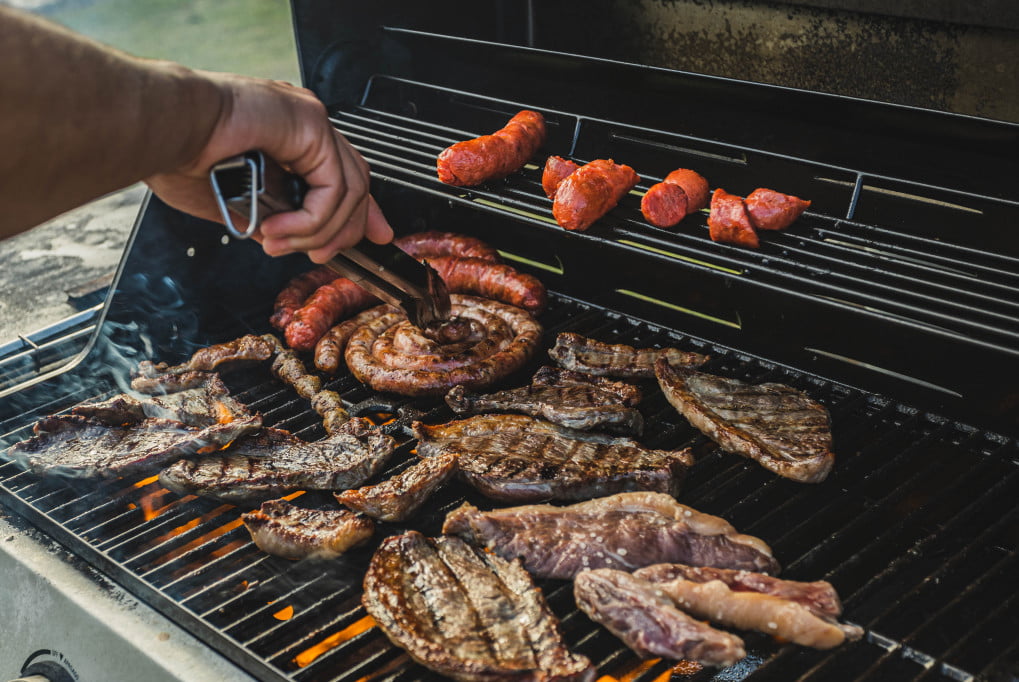













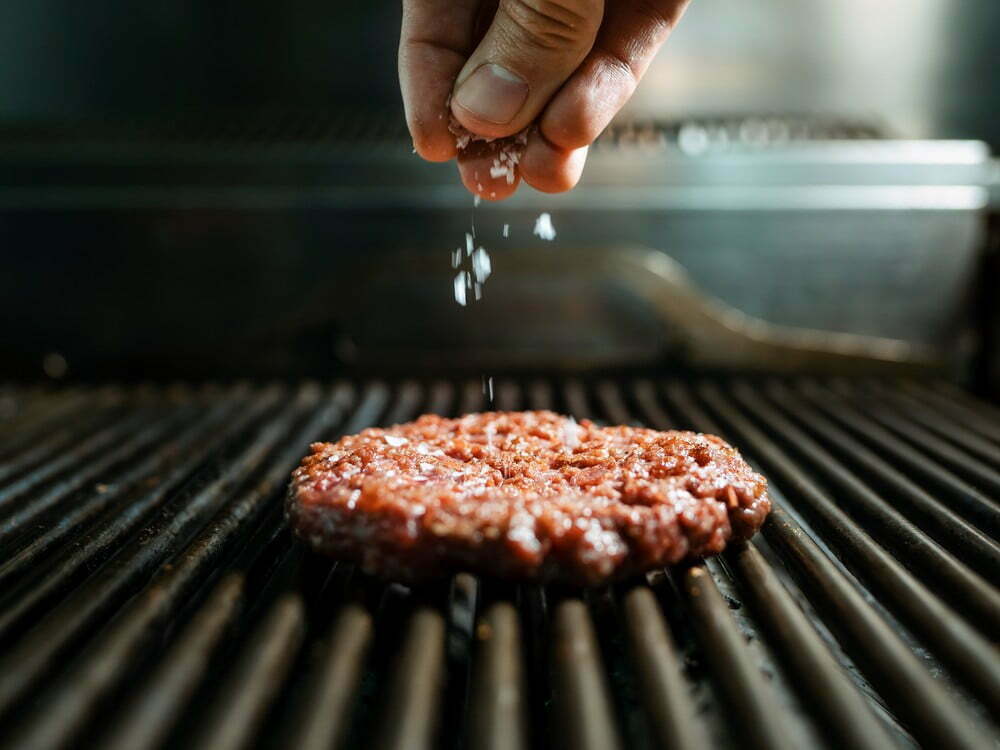
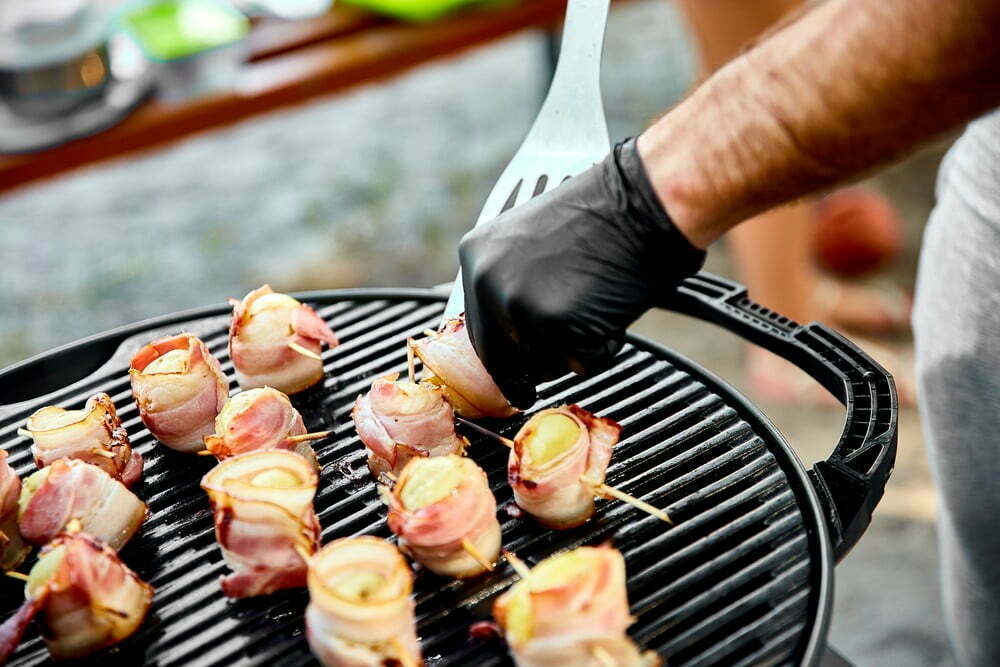
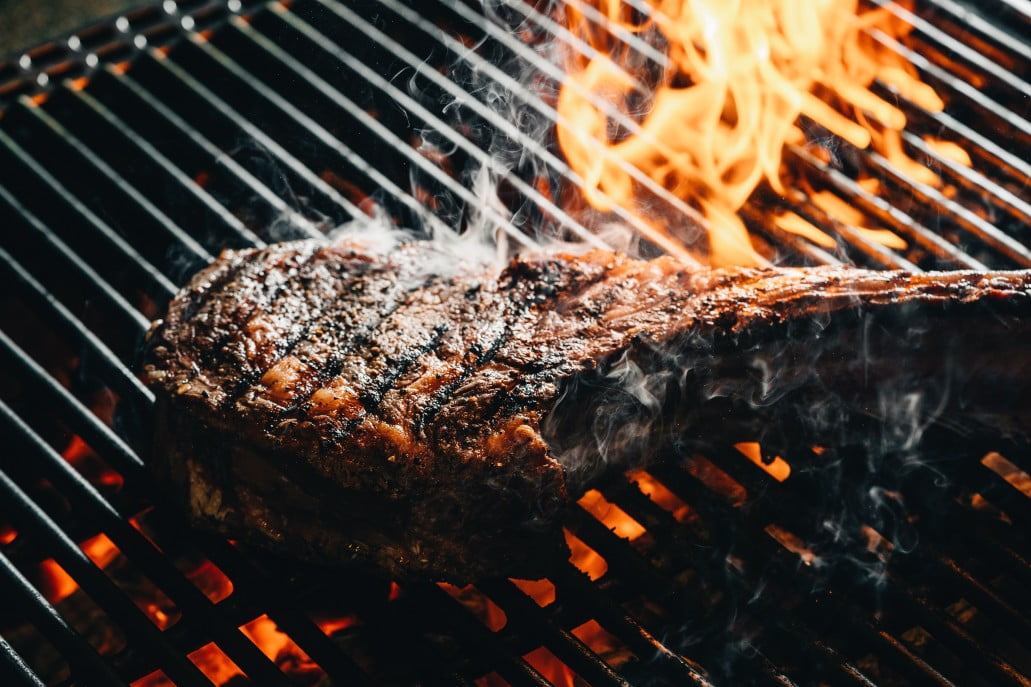
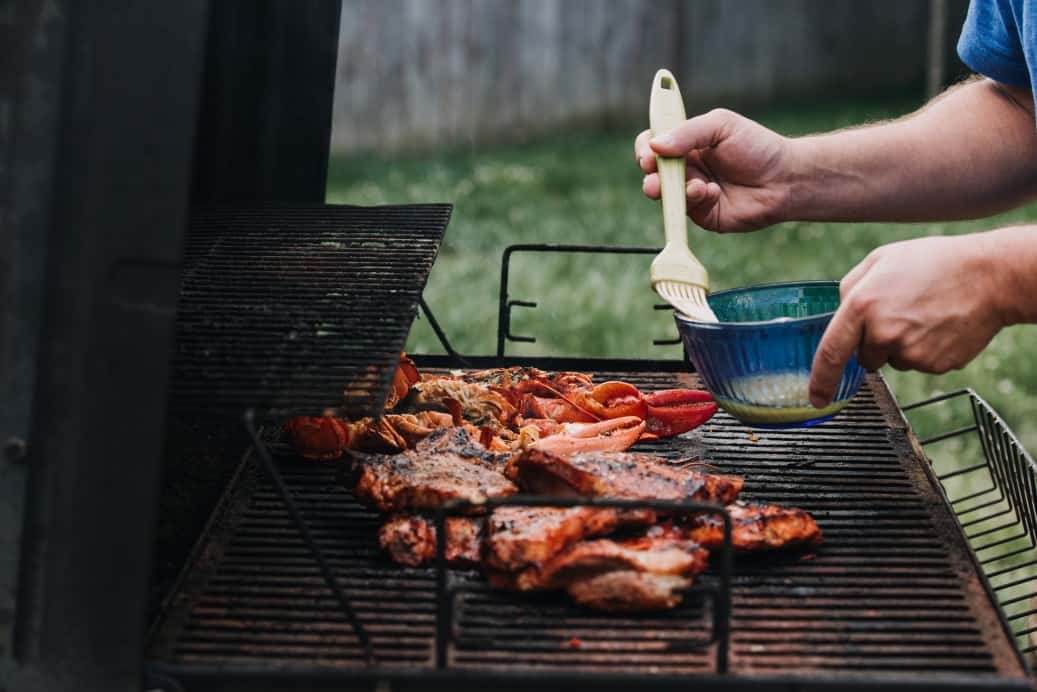
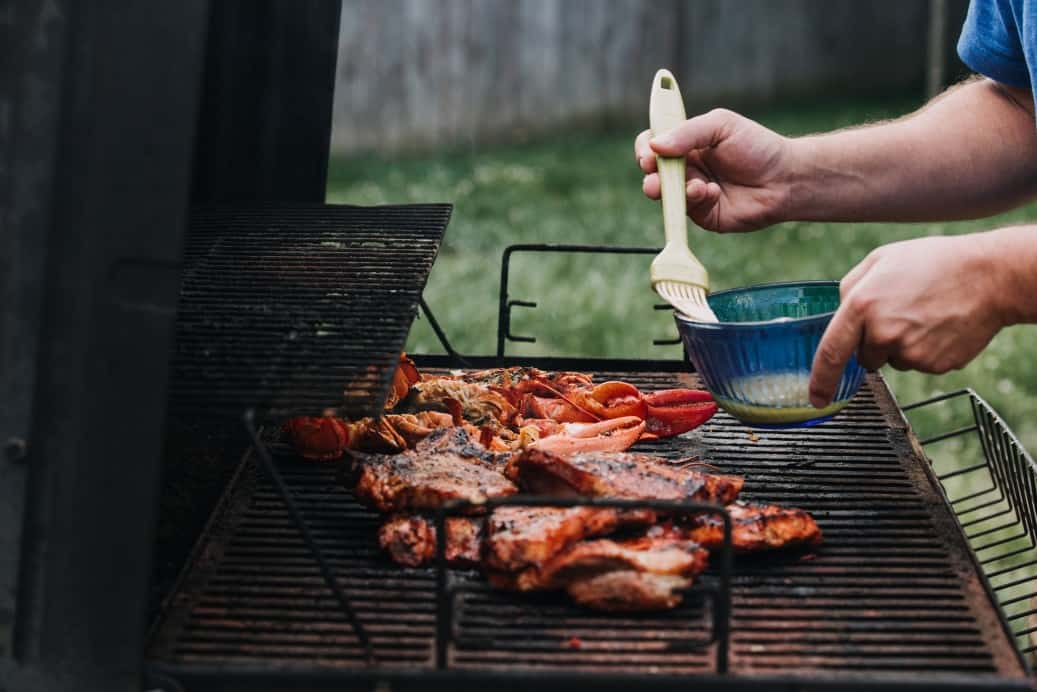
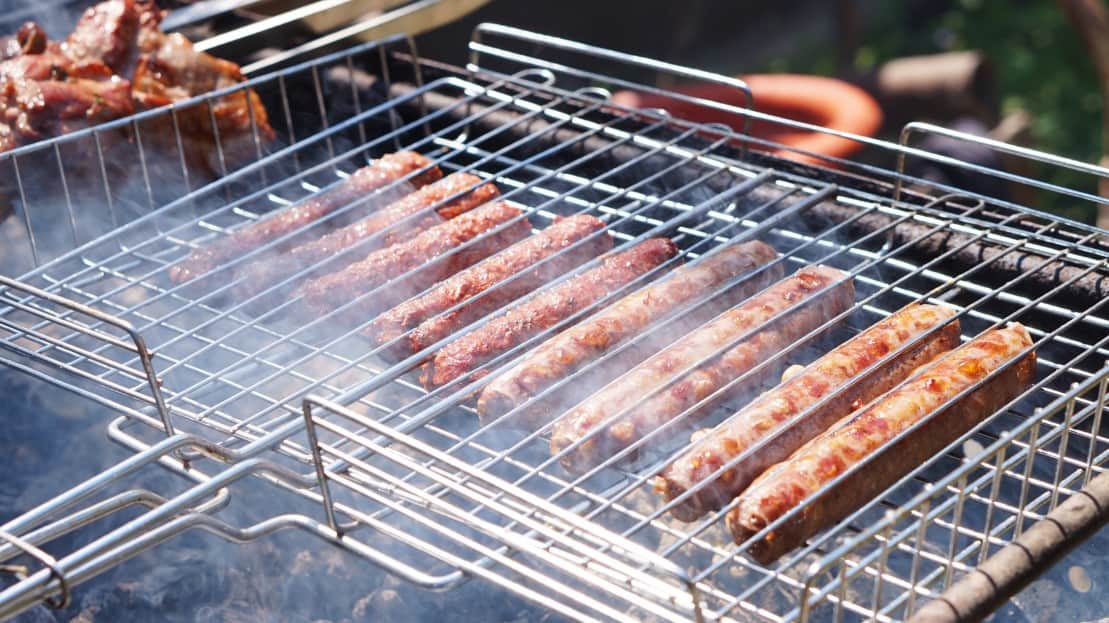
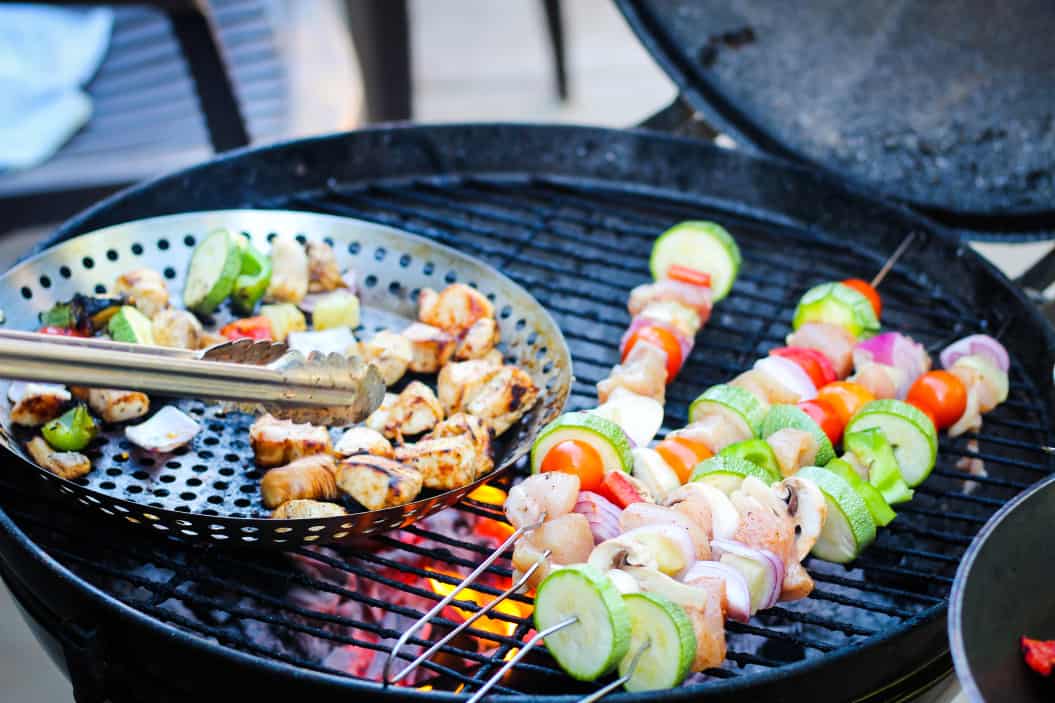
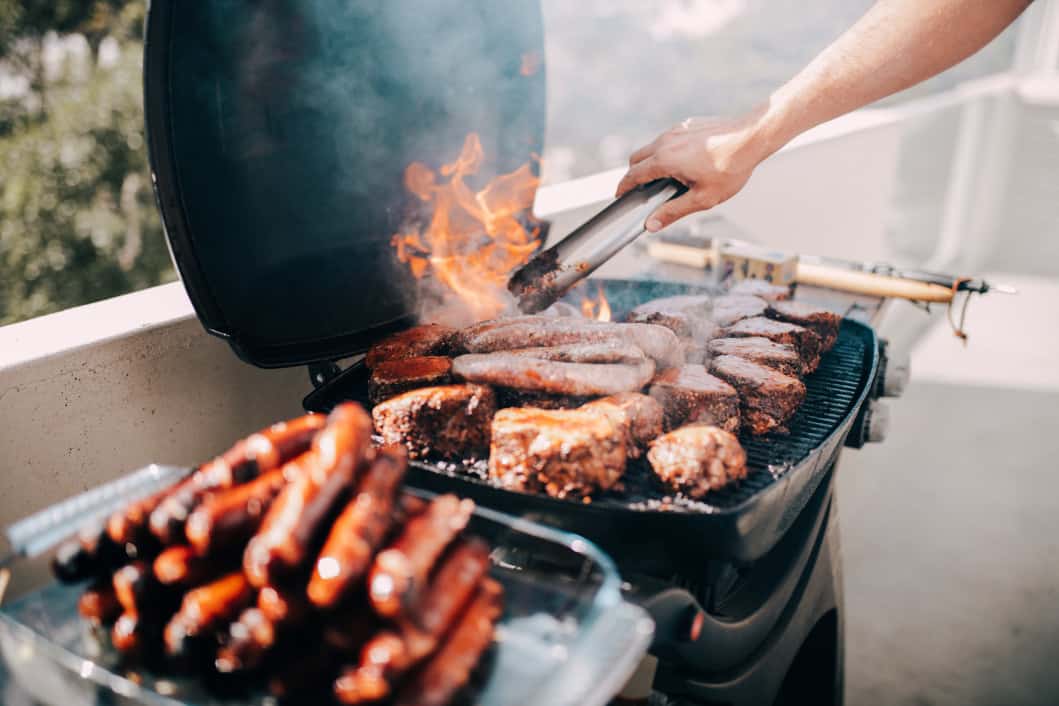
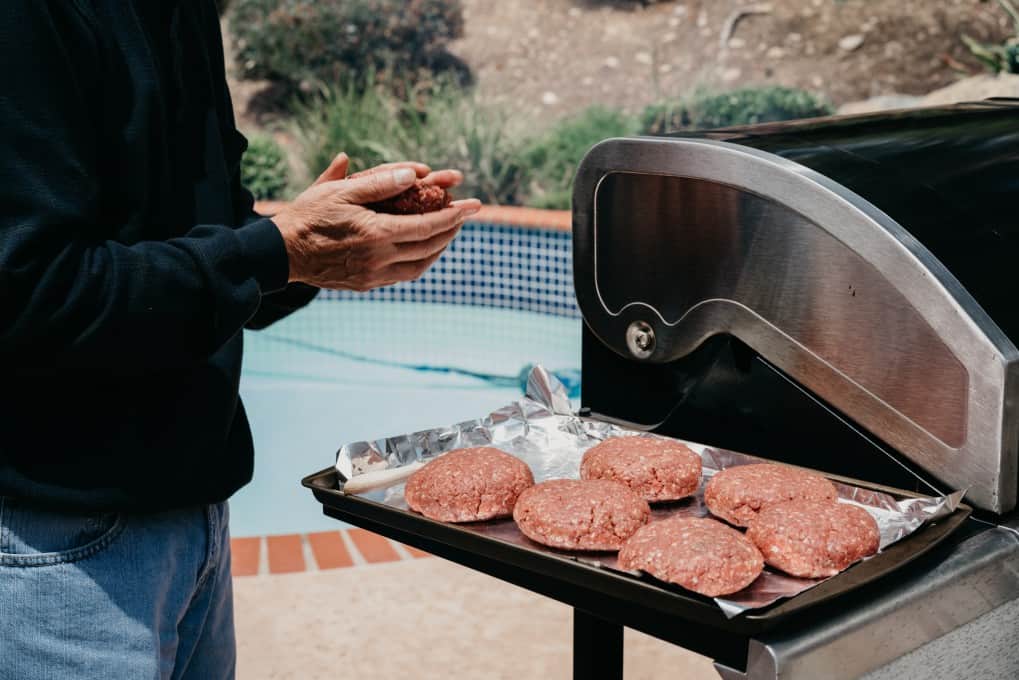
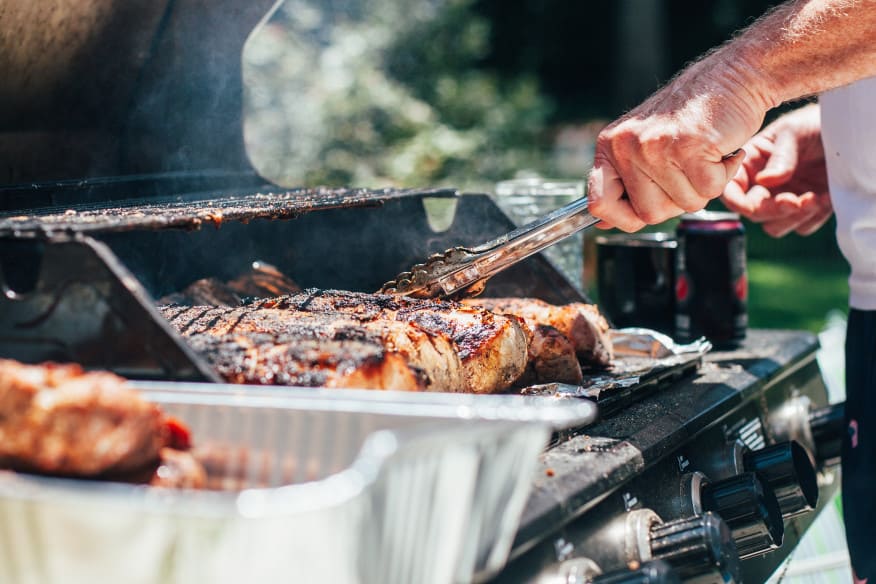

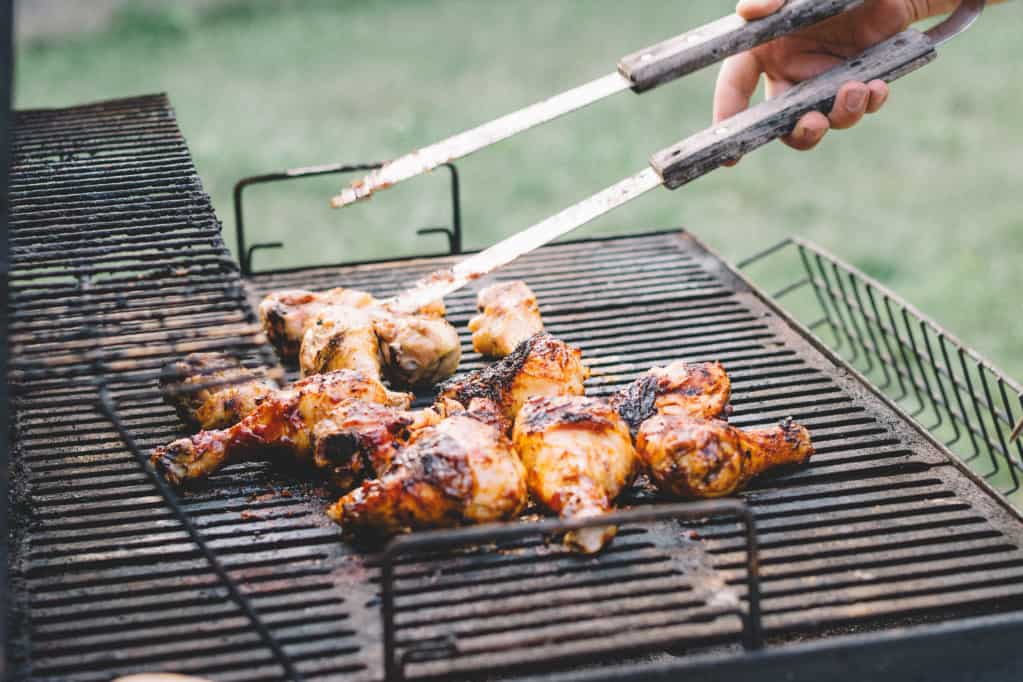

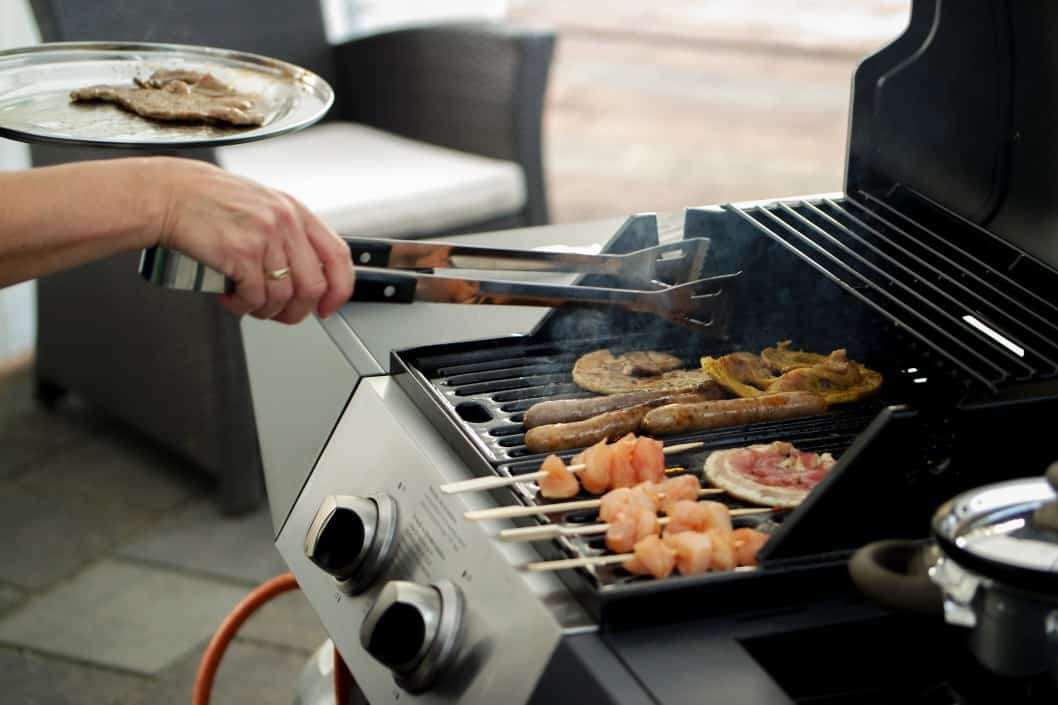
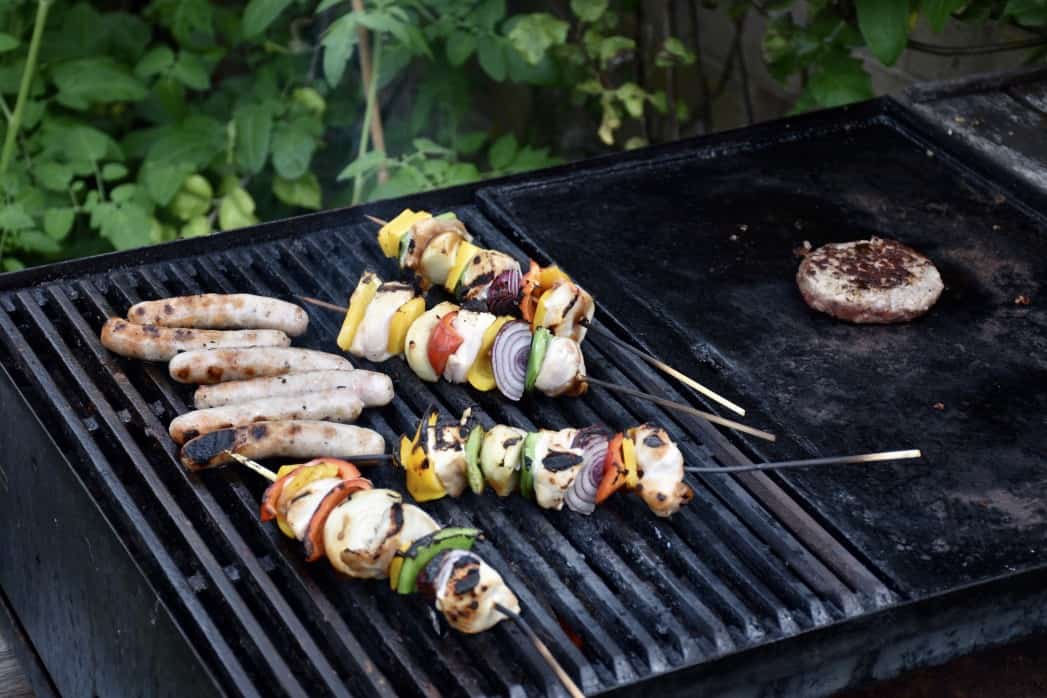
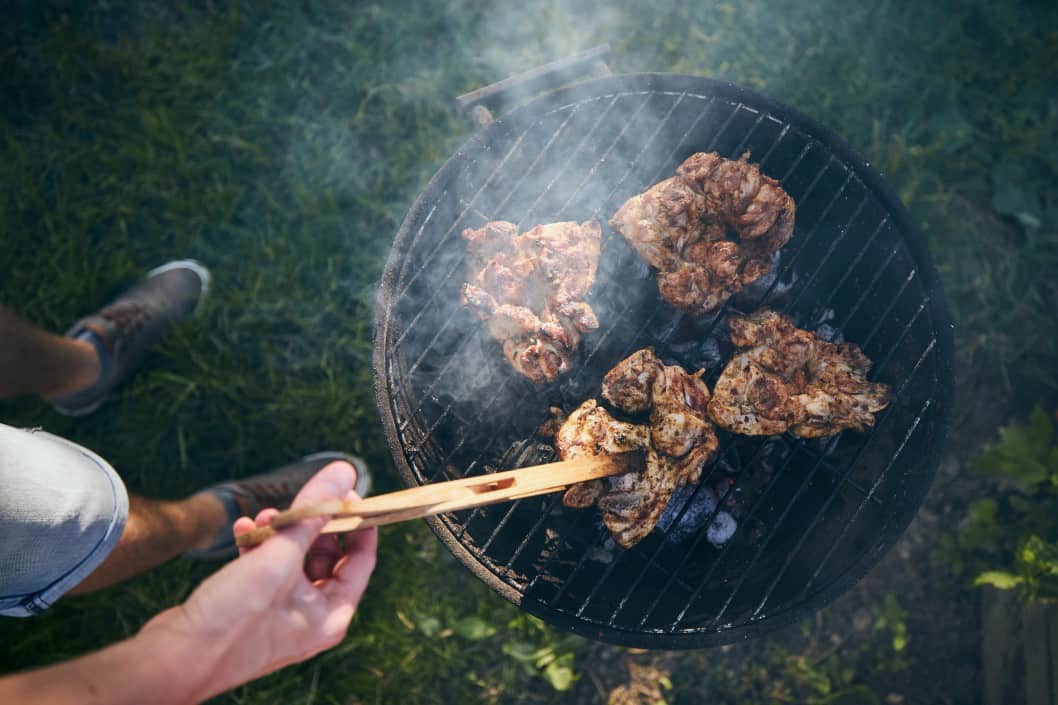
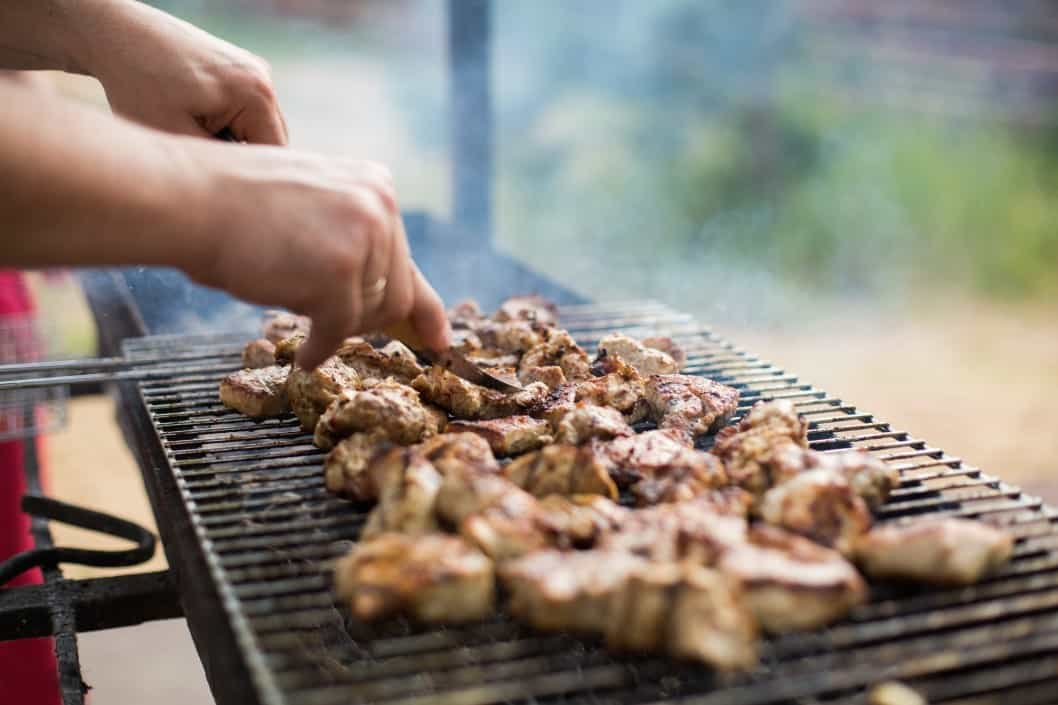
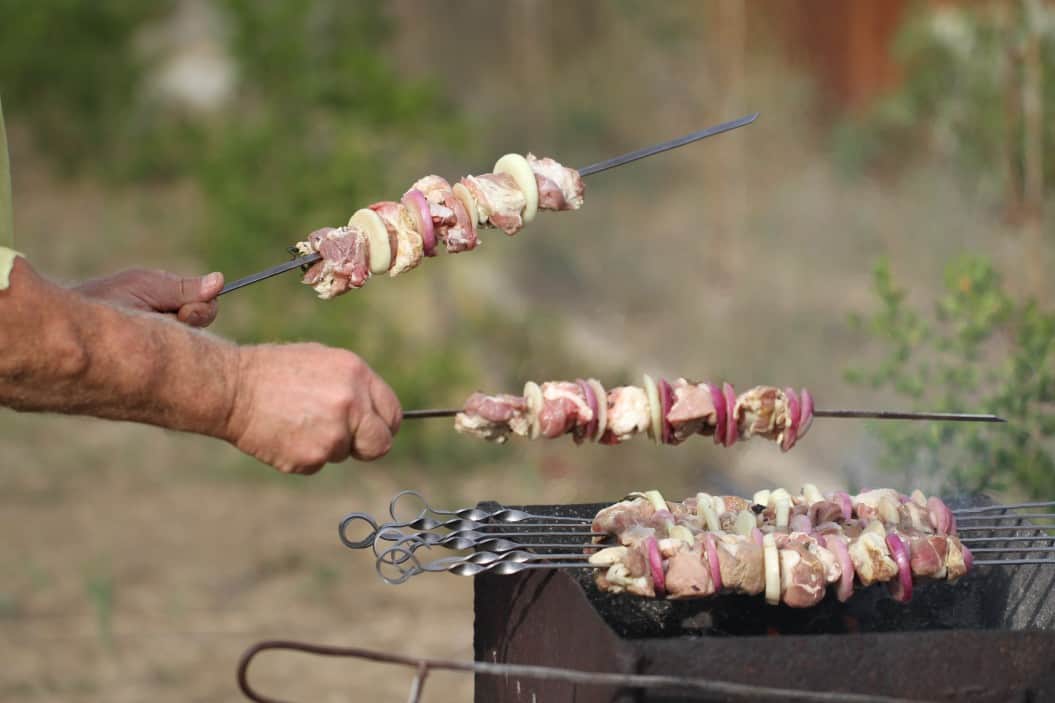
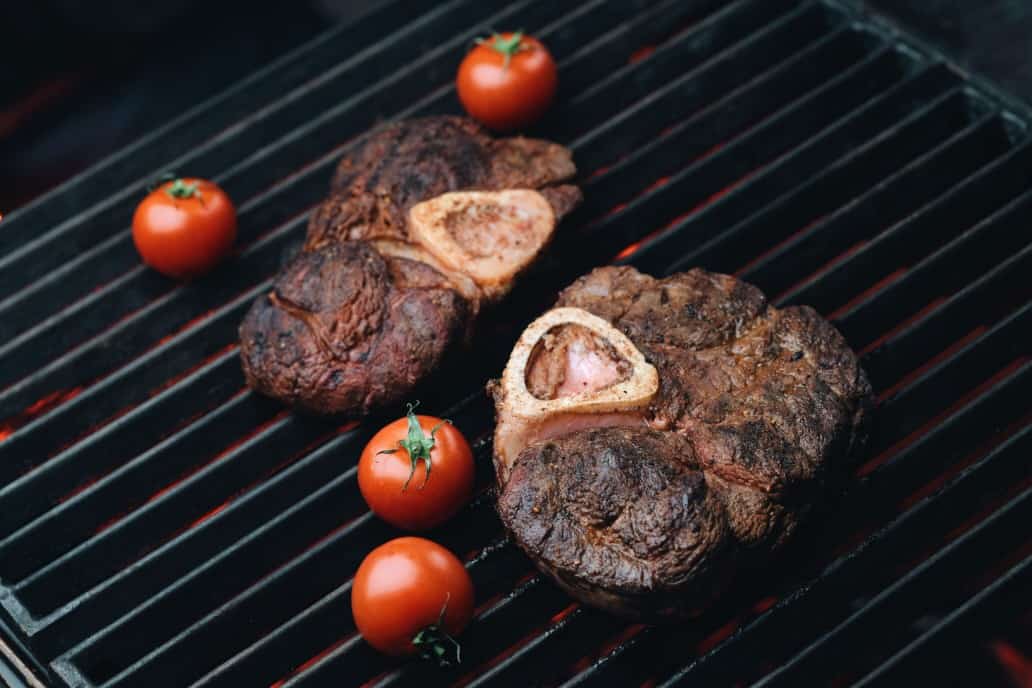
![Best Grills in [year] ([month] Reviews) 27 Best Grills in 2026 (January Reviews)](https://www.gadgetreview.dev/wp-content/uploads/best-grills-image.jpg)
![Best Griddlers in [year] 28 Best Griddlers in 2026](https://www.gadgetreview.dev/wp-content/uploads/best-griddler-image.jpg)
![Best Offset Smokers in [year] 29 Best Offset Smokers in 2026](https://www.gadgetreview.dev/wp-content/uploads/best-offset-smoker-image.jpg)
![Best Pit Boss Pellet Grills in [year] 30 Best Pit Boss Pellet Grills in 2026](https://www.gadgetreview.dev/wp-content/uploads/best-pit-boss-pellet-grill-image.jpg)
![Best Vertical Pellet Smokers in [year] 31 Best Vertical Pellet Smokers in 2026](https://www.gadgetreview.dev/wp-content/uploads/best-vertical-pellet-smoker-image.jpg)
![Best Grill Tongs in [year] 32 Best Grill Tongs in 2026](https://www.gadgetreview.dev/wp-content/uploads/best-grill-tongs-image.jpg)
![Best Tailgate Grills in [year] 33 Best Tailgate Grills in 2026](https://www.gadgetreview.dev/wp-content/uploads/best-tailgate-grill-image.jpg)
![Best 2 Burner Gas Grills in [year] 34 Best 2 Burner Gas Grills in 2026](https://www.gadgetreview.dev/wp-content/uploads/best-2-burner-gas-grill-image.jpg)
![Best Outdoor Electric Grills in [year] 35 Best Outdoor Electric Grills in 2026](https://www.gadgetreview.dev/wp-content/uploads/best-outdoor-electric-grill-image.jpg)
![Best Grill Brushes in [year] 36 Best Grill Brushes in 2026](https://www.gadgetreview.dev/wp-content/uploads/best-grill-brush-image.jpg)
![Best Smoker Grills in [year] 37 Best Smoker Grills in 2026](https://www.gadgetreview.dev/wp-content/uploads/best-smoker-grill-image.jpg)
![Best Smokeless Indoor Grills in [year] 38 Best Smokeless Indoor Grills in 2026](https://www.gadgetreview.dev/wp-content/uploads/best-smokeless-indoor-grill-image.jpg)
![Best Charcoal Smokers in [year] 39 Best Charcoal Smokers in 2026](https://www.gadgetreview.dev/wp-content/uploads/best-charcoal-smoker-image.jpg)
![Best Weber Grills in [year] 40 Best Weber Grills in 2026](https://www.gadgetreview.dev/wp-content/uploads/best-weber-grill-image.jpg)
![Best Small Gas Grills in [year] 41 Best Small Gas Grills in 2026](https://www.gadgetreview.dev/wp-content/uploads/best-small-gas-grill-image.jpg)
![Best Portable Charcoal Grills in [year] 42 Best Portable Charcoal Grills in 2026](https://www.gadgetreview.dev/wp-content/uploads/best-portable-charcoal-grill-image.jpg)
![Best Traeger Grills in [year] 43 Best Traeger Grills in 2026](https://www.gadgetreview.dev/wp-content/uploads/best-traeger-grill-image.jpg)
![10 Best Flat Top Grills in [year] 44 10 Best Flat Top Grills in 2026](https://www.gadgetreview.dev/wp-content/uploads/Best-Flat-Top-Grill.jpg)
![10 Best Infrared Grills in [year] 45 10 Best Infrared Grills in 2026](https://www.gadgetreview.dev/wp-content/uploads/Best-Infrared-Grill.jpg)
![10 Best Camping Grills in [year] 46 10 Best Camping Grills in 2026](https://www.gadgetreview.dev/wp-content/uploads/Best-Camping-Grill.jpg)

